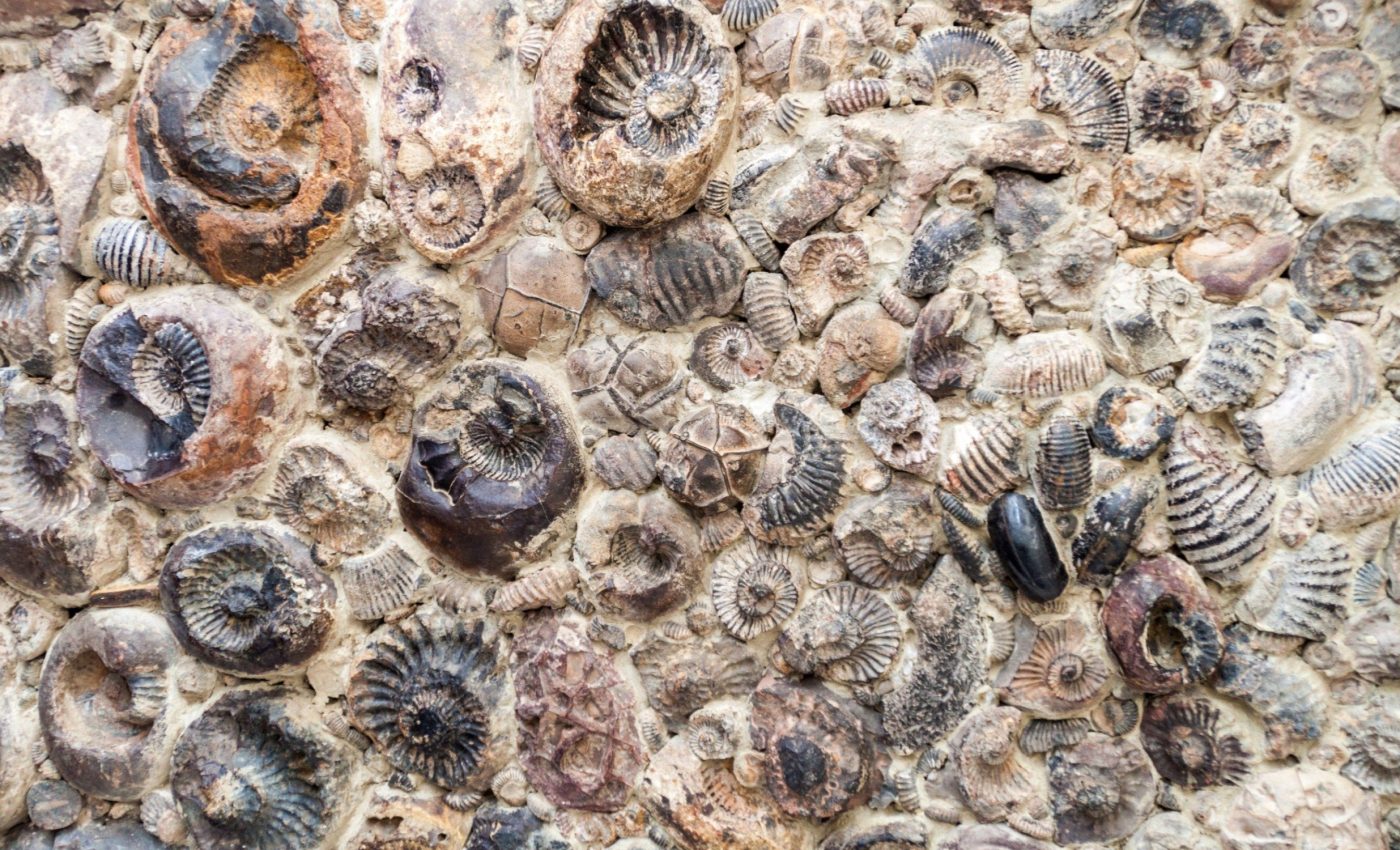
Fossilized shells can help predict the impacts of climate change
Have you ever thought about how tiny fossilized shells can unlock the secrets of historical weather patterns and provide insights into climate change?
These microscopic remnants hold vital clues about Earth’s climatic shifts approximately 59 to 51 million years ago, specifically during the transition from the Paleocene to the Eocene epochs.
During this time, our planet experienced both gradual warming over millions of years and sudden temperature spikes known as hyperthermals.
But what caused these dramatic changes in Earth’s climate? Massive emissions of carbon dioxide (CO2) and other greenhouse gases played a significant role, while tectonic activity might have also contributed to these shifts.
CO2 levels and sea surface temperatures
A team of geoscientists from the University of Utah has found a close correlation between sea surface temperatures and atmospheric CO2 levels during this ancient period.
“The main reason we are interested in these global carbon release events is because they can provide analogs for future change,” explained lead author Dustin Harper, a postdoctoral researcher in the Department of Geology & Geophysics. “We really don’t have a perfect analog event with the exact same background conditions and rate of carbon release.”
The study suggests emissions during two ancient “thermal maxima” share similarities with today’s anthropogenic climate change. These findings can help scientists forecast its consequences.
Fossilized shells and climate insights
The research team painstakingly analyzed microscopic fossils that were recovered from drilling cores collected on an undersea plateau in the Pacific.
The experts used a sophisticated statistical model to reconstruct sea surface temperatures and atmospheric CO2 levels over a 6-million-year period.
This study period included the Paleocene-Eocene Thermal Maximum (PETM) around 56 million years ago and the Eocene Thermal Maximum 2 (ETM-2) around 54 million years ago. As atmospheric CO2 levels rose, global temperatures followed suit.
“We have multiple ways that our planet, that our atmosphere is being influenced by CO2 additions, but in each case, regardless of the source of CO2, we’re seeing similar impacts on the climate system,” said co-author Gabriel Bowen, a professor of geology & geophysics at the University of Utah.
“We’re interested in how sensitive the climate system was to these changes in CO2. What we see in this study is some variation – maybe a little lower sensitivity, a lower warming associated with a given amount of CO2 change when looking at these very long-term shifts. But overall, we see a common range of climate sensitivities.”
Forecasting climate change with ancient shells
Today, human activities linked to fossil fuels are releasing carbon 4 to 10 times more rapidly than during these ancient hyperthermal events.
However, the total quantity of carbon released during these ancient occasions aligns with the projections for human emissions, potentially offering a glimpse into what could be in store for future generations.
“These events might represent a mid- to worst-case scenario kind of case study,” Harper noted. “We can investigate them to answer what’s the environmental change that happens due to this carbon release?”
A study through microscopic shells
To understand the conditions during these episodes of planetary heating, researchers examined fossilized remains of foraminifera, a type of shelled single-cell organism similar to plankton.
These tiny shells accumulate small quantities of boron, whose isotopes serve as proxies for CO2 concentrations in the ancient ocean when the shells formed.
“We measured the boron chemistry of the shells and were able to translate those values using modern observations to past seawater conditions. We can estimate seawater CO2 and translate that into atmospheric CO2,” explained Harper.
An archive of ancient conditions
The study focused on cores from Shatsky Rise located in the subtropical North Pacific. This site is ideal for retrieving ocean-bottom sediments that reflect conditions in the ancient past.
“These places in the middle of the ocean really don’t have a lot of sediment supply from continents, so it is predominantly these fossils, making for a really good archive for what we want to do,” noted Harper.
The shallow water depth at Shatsky Rise prevents the dissolution of shells, allowing scientists to recover a complete sequence of fossilized remains and create an excellent archive for studying past climates.
These findings serve as a powerful reminder of how much we can learn from our planet’s history and how this knowledge can guide our actions.
Understanding past environmental changes can help us anticipate, and potentially mitigate, the impacts of modern climate change.
The study is published in the journal Proceedings of the National Academy of Sciences.
—–
Like what you read? Subscribe to our newsletter for engaging articles, exclusive content, and the latest updates.
Check us out on EarthSnap, a free app brought to you by Eric Ralls and Earth.com.
—–













